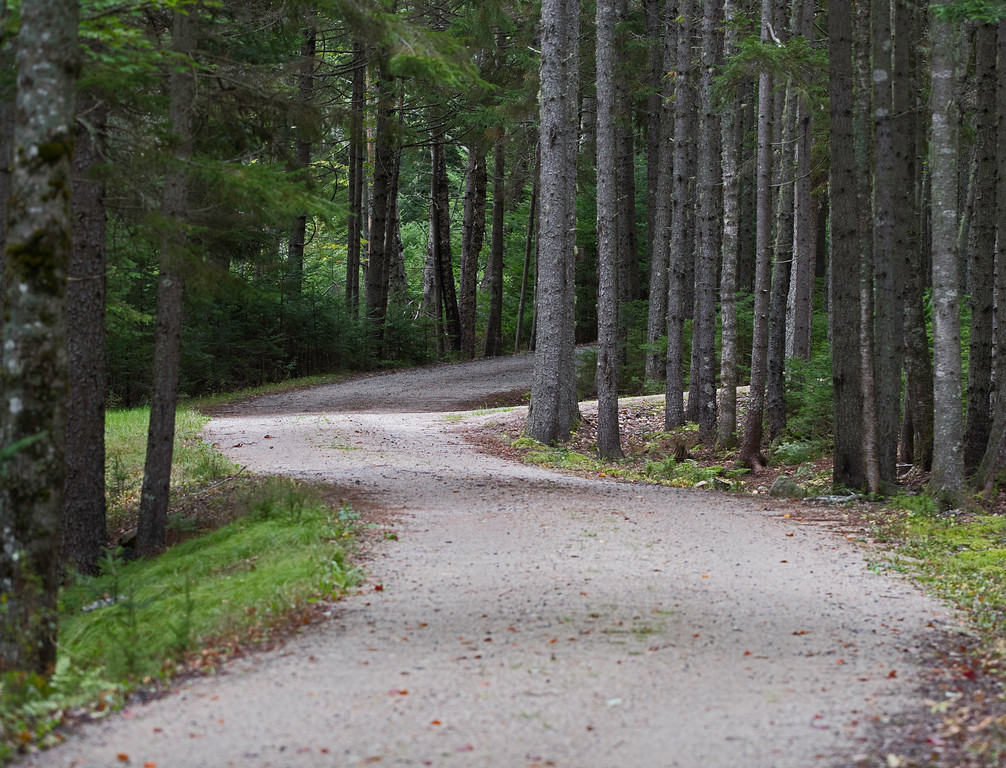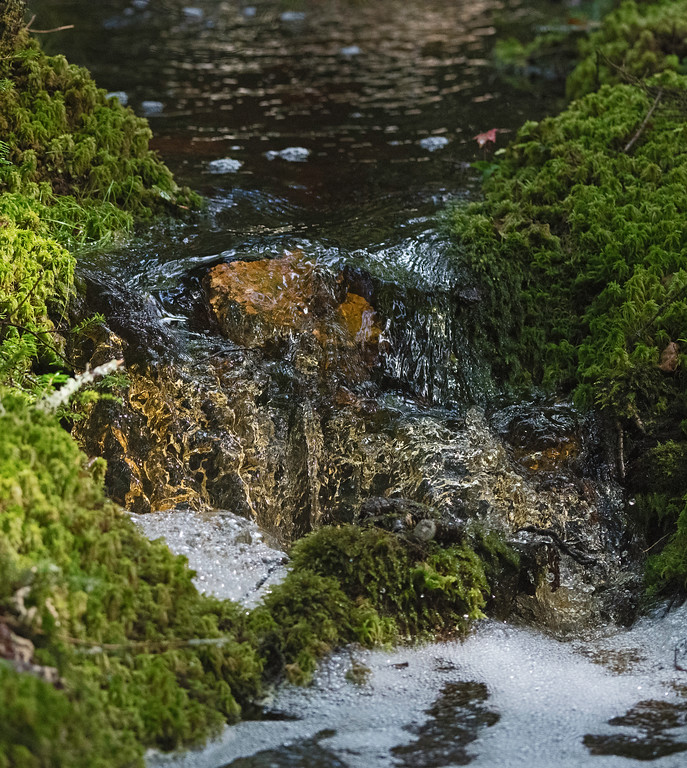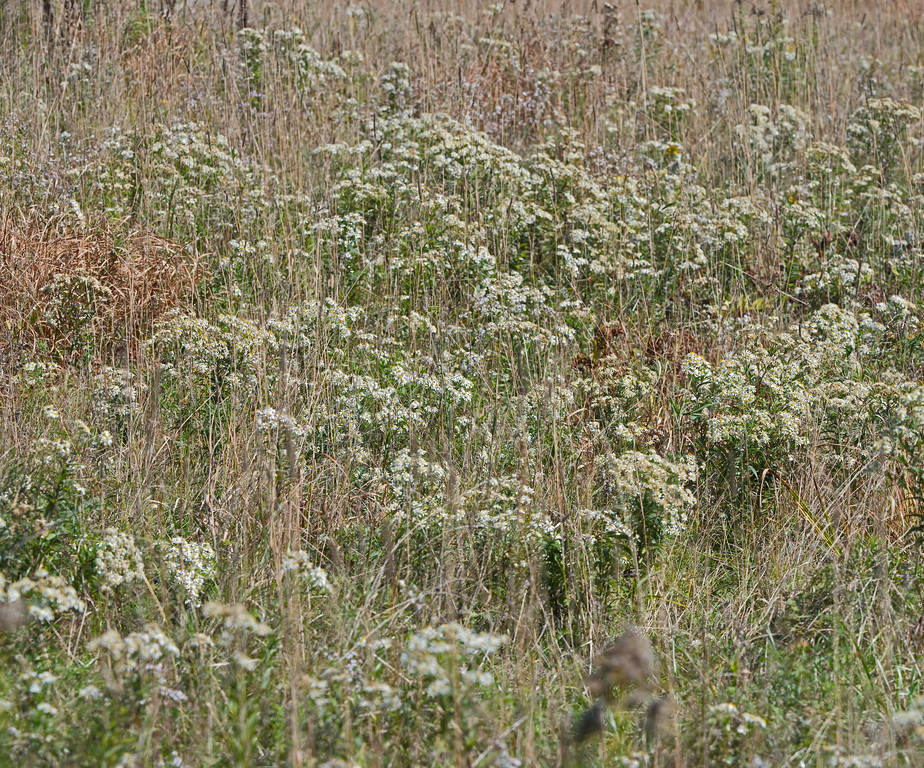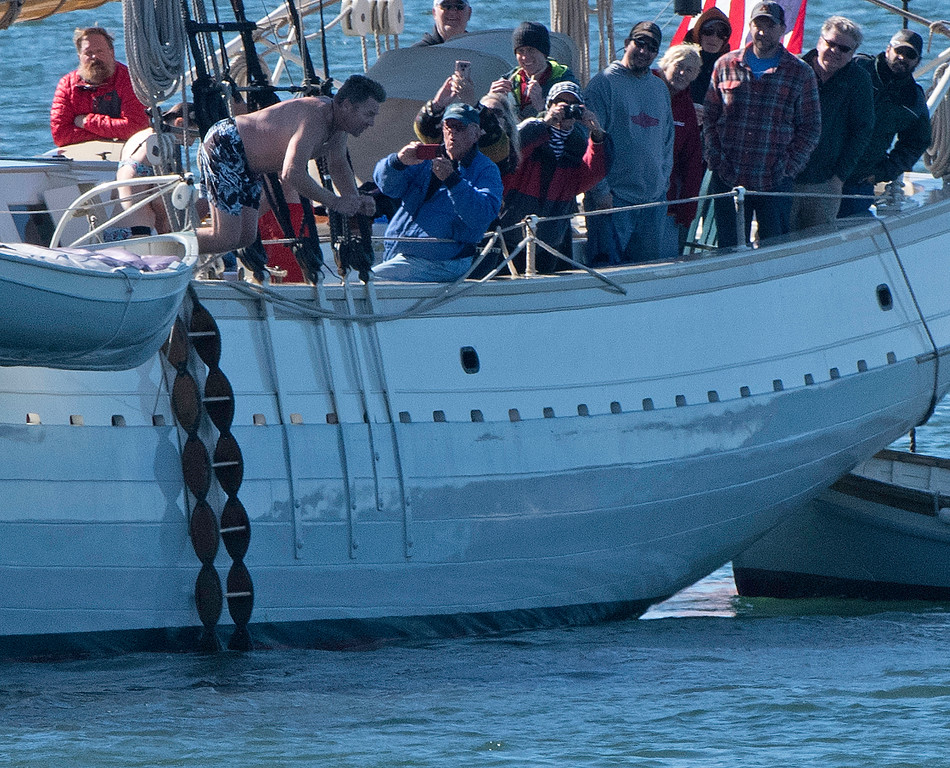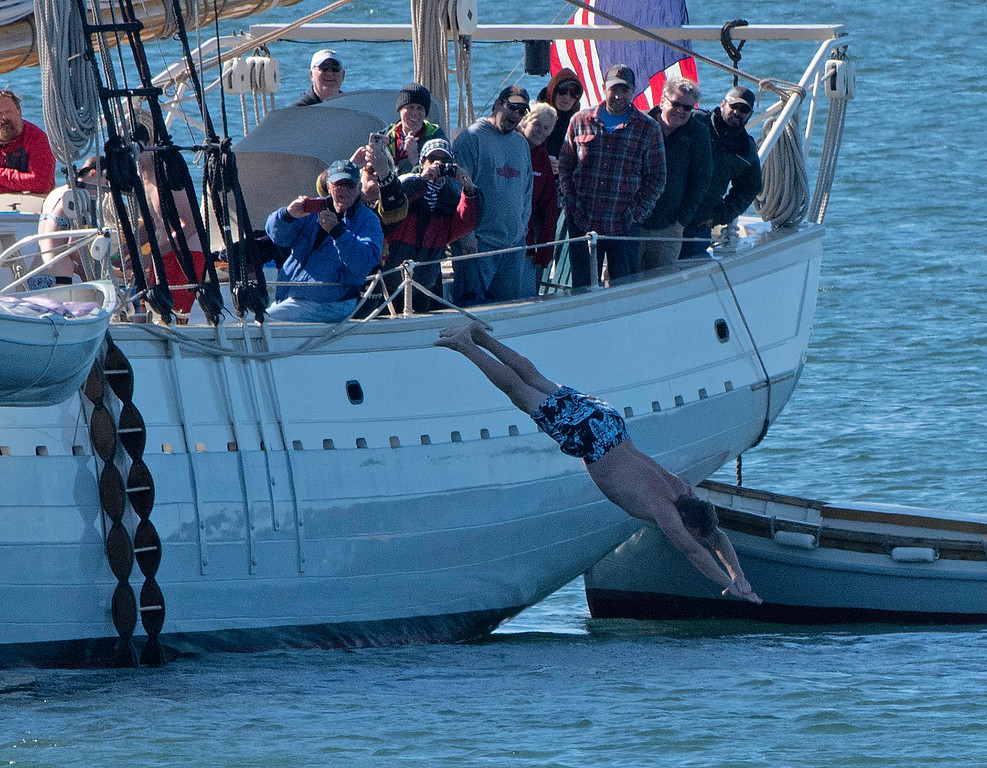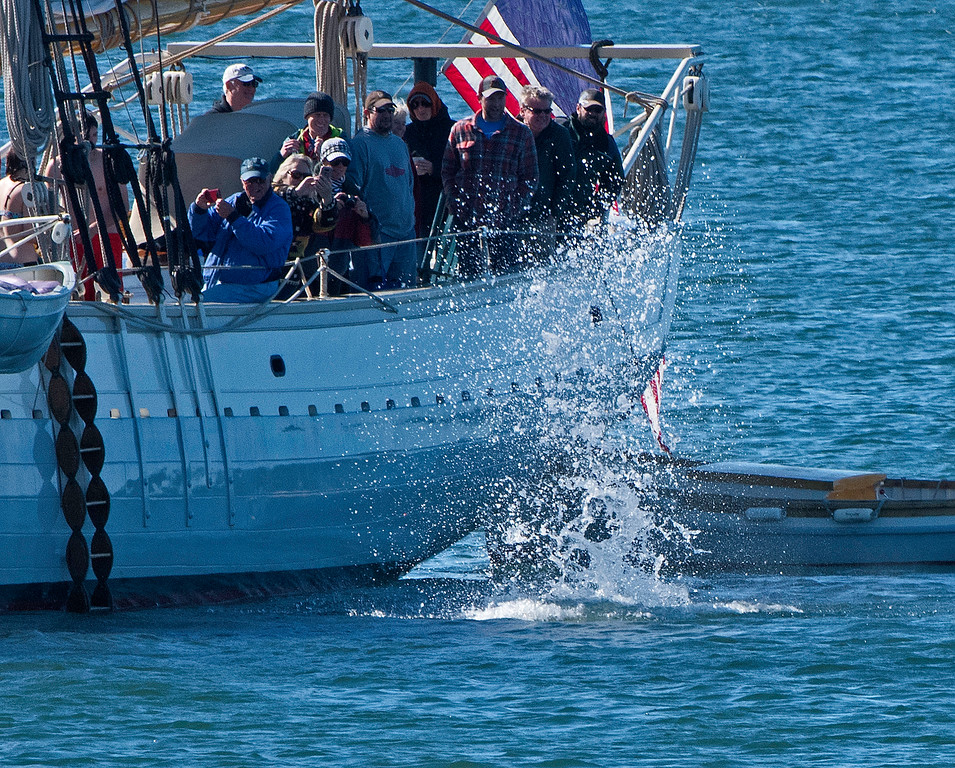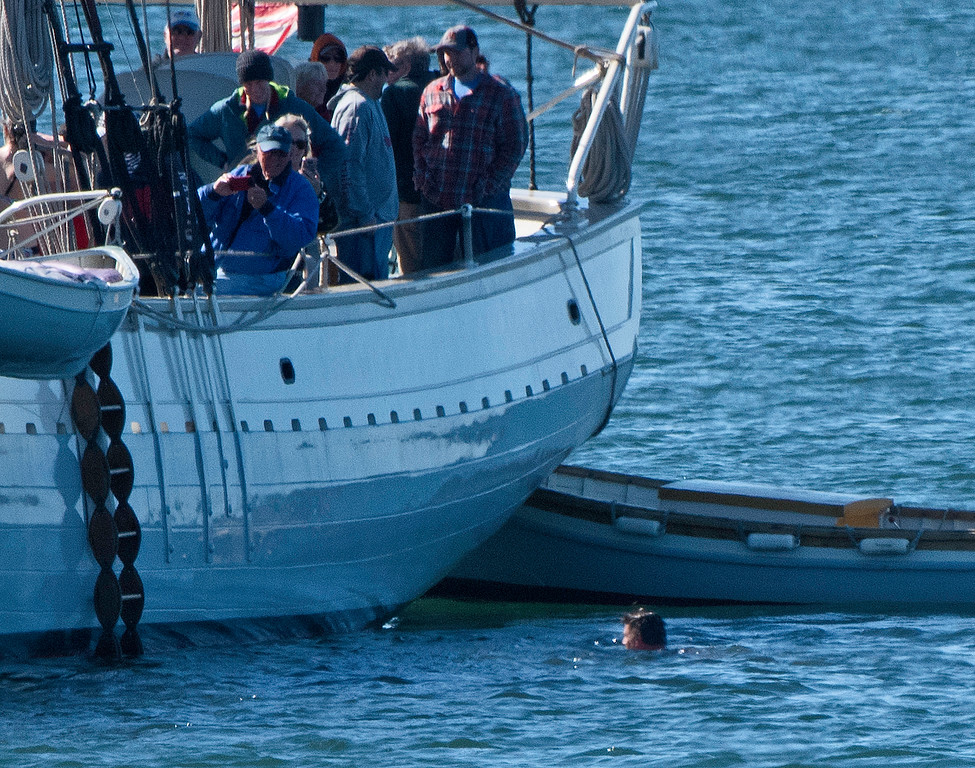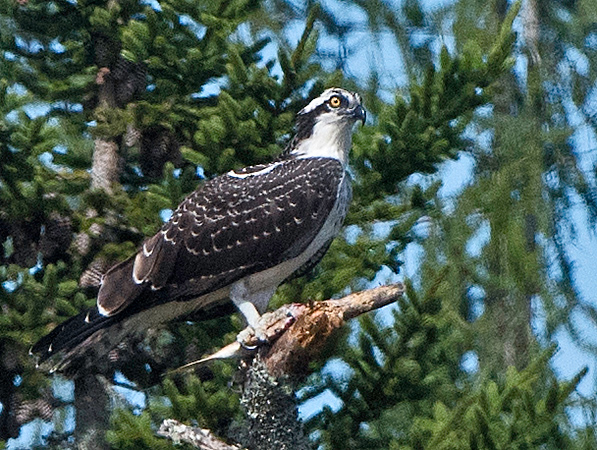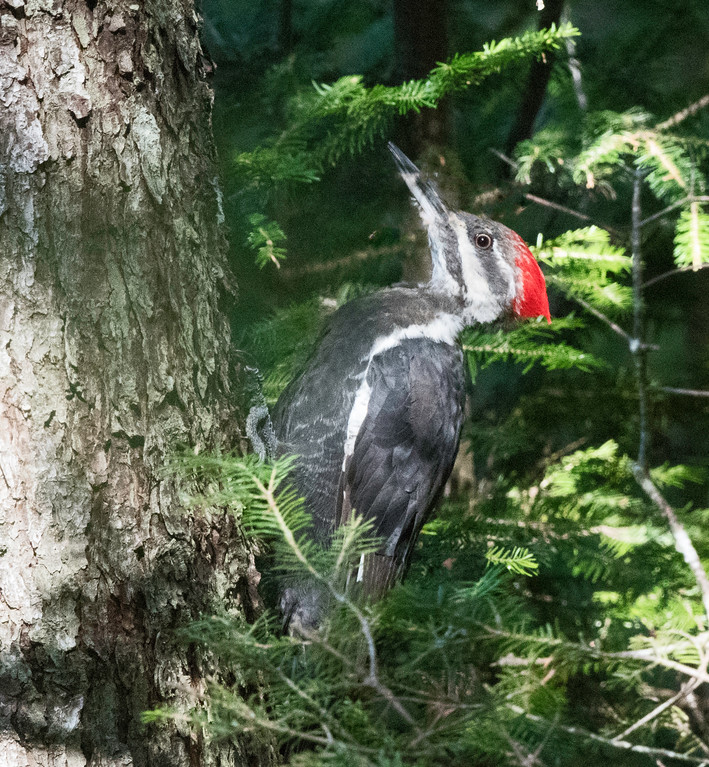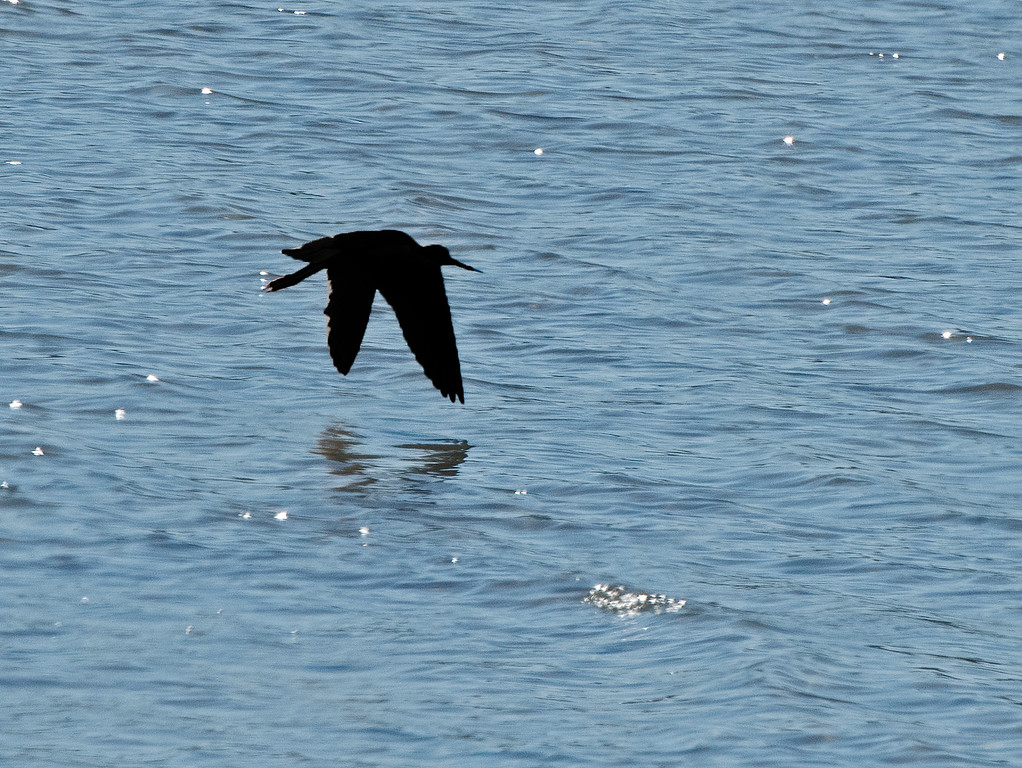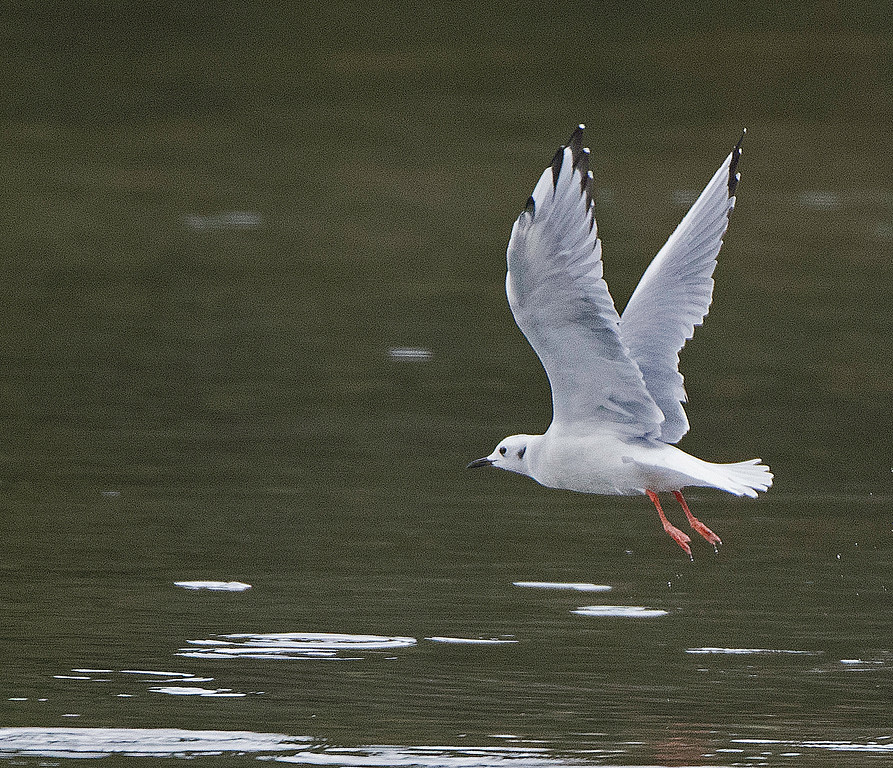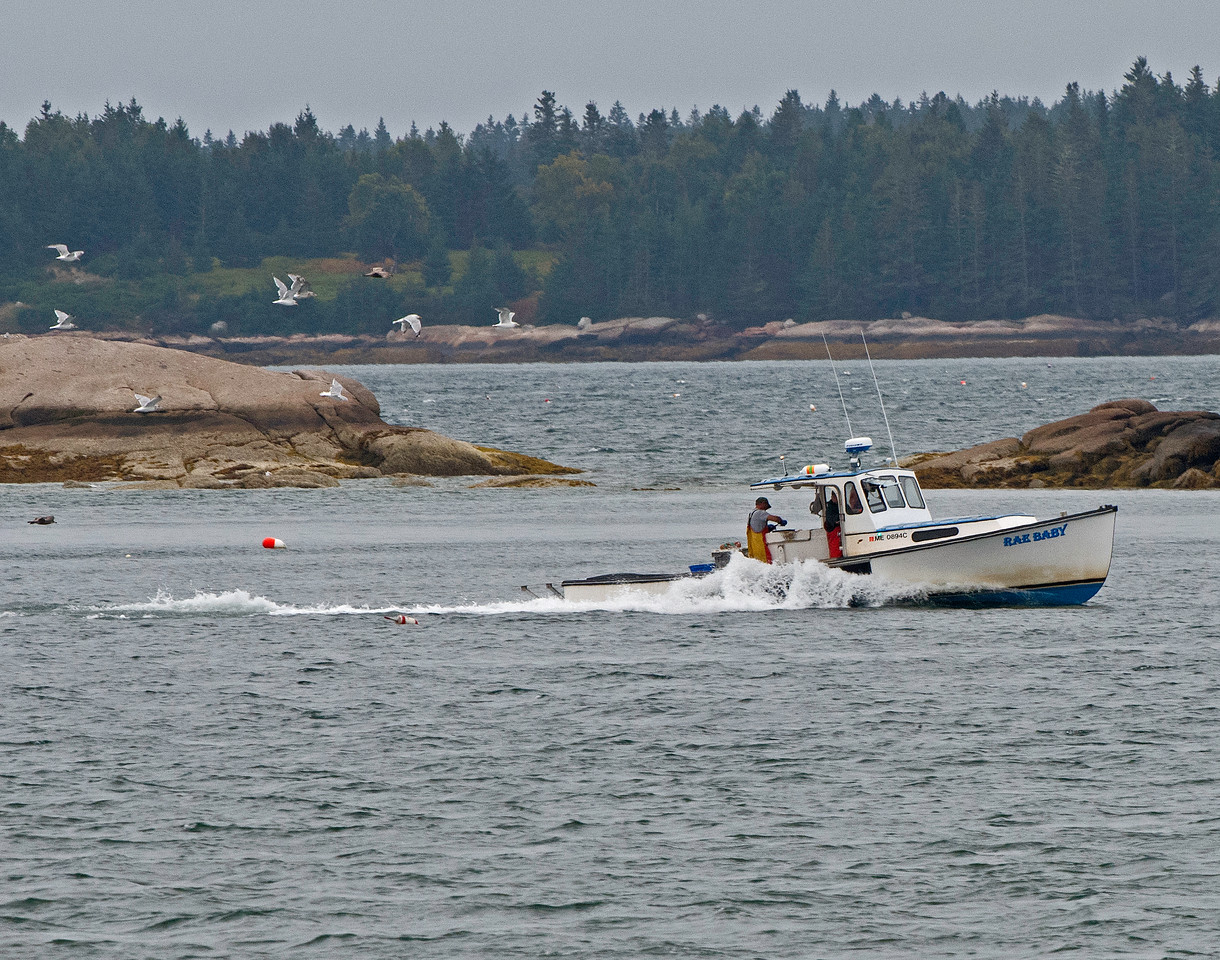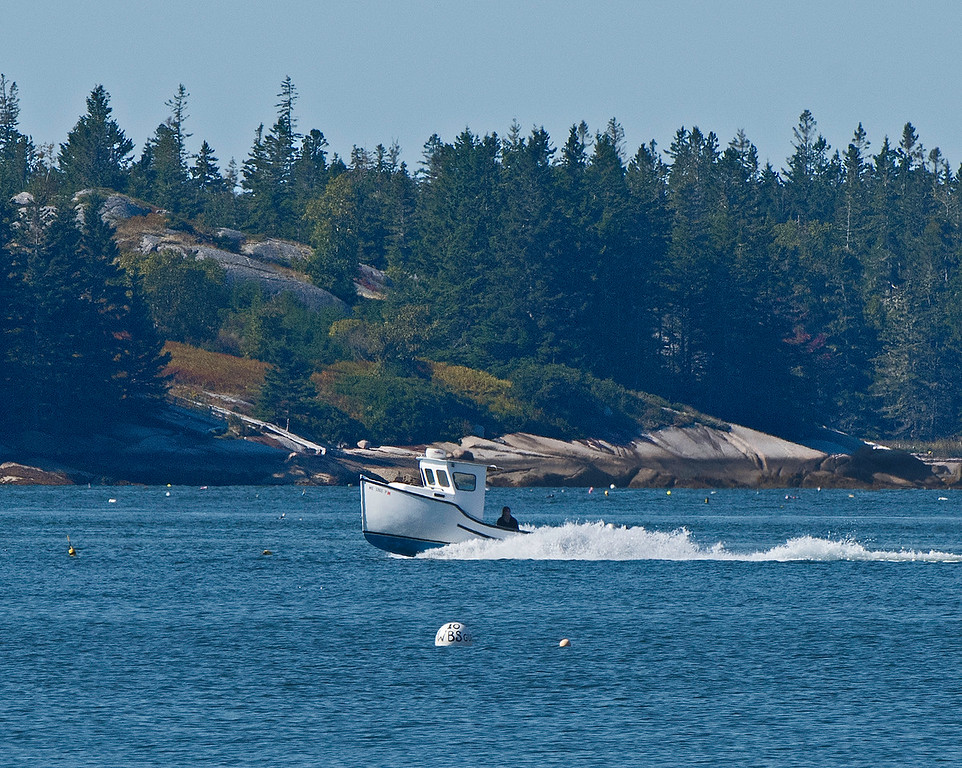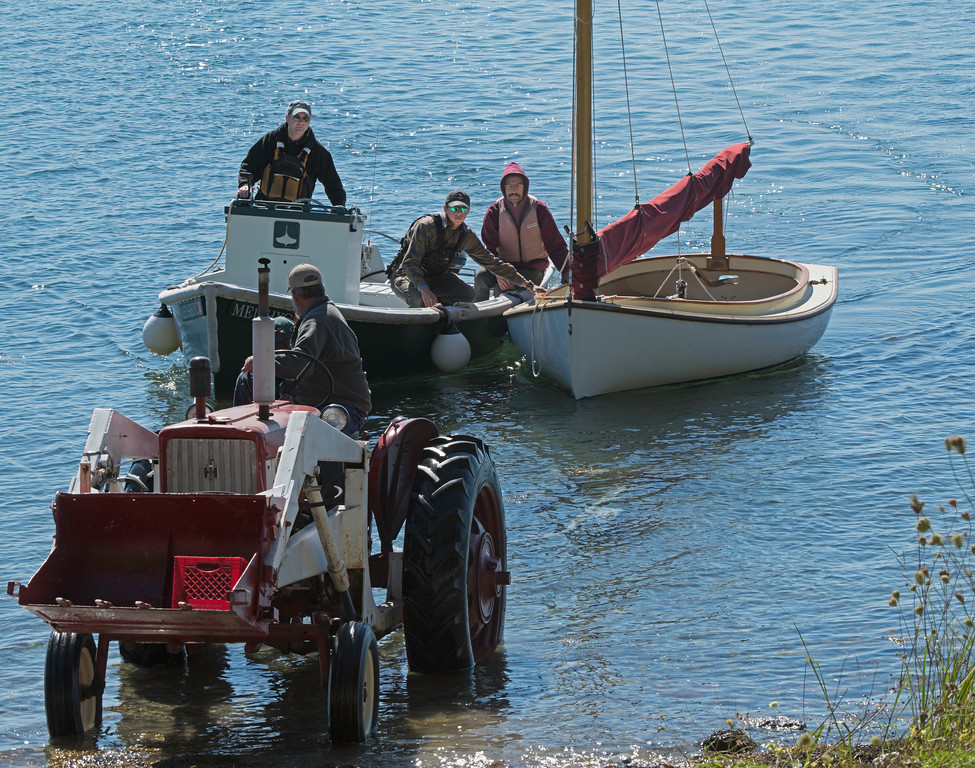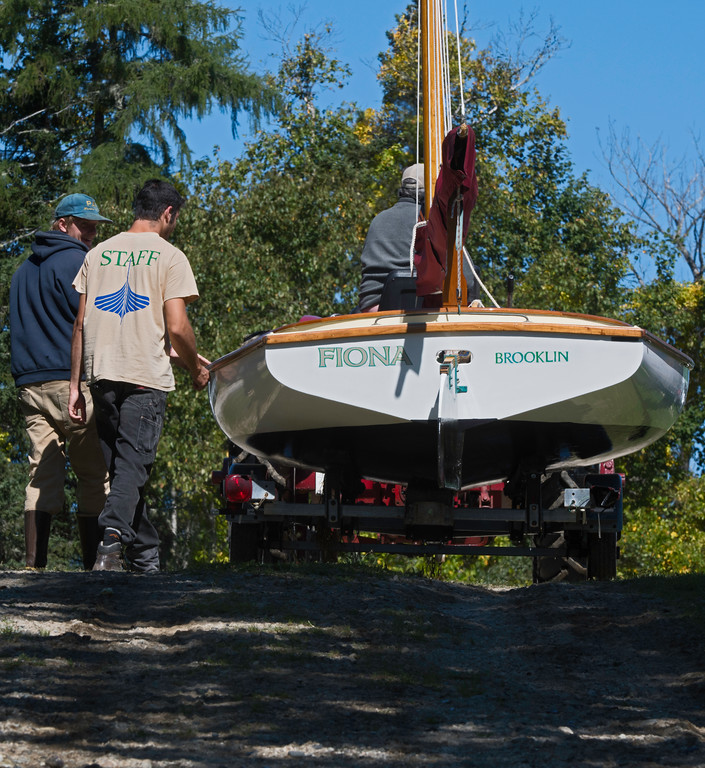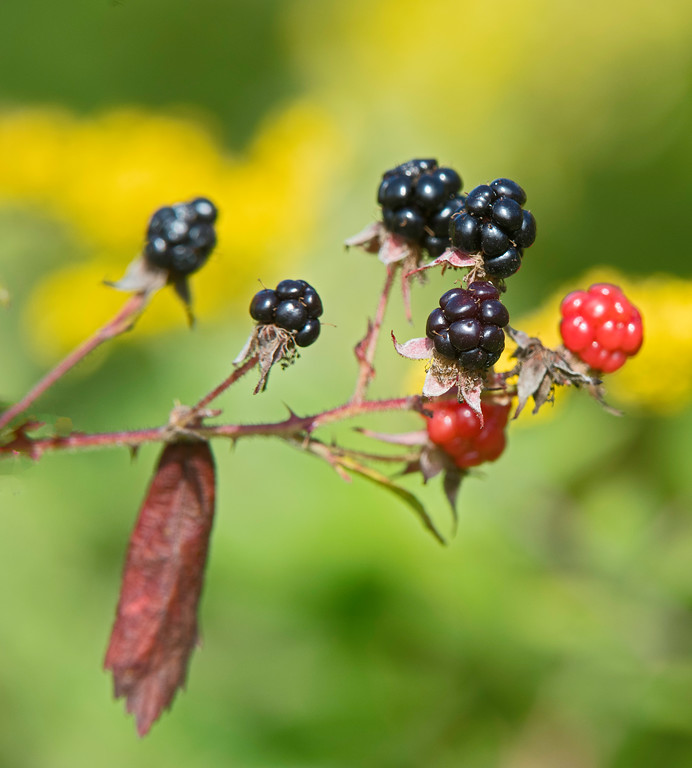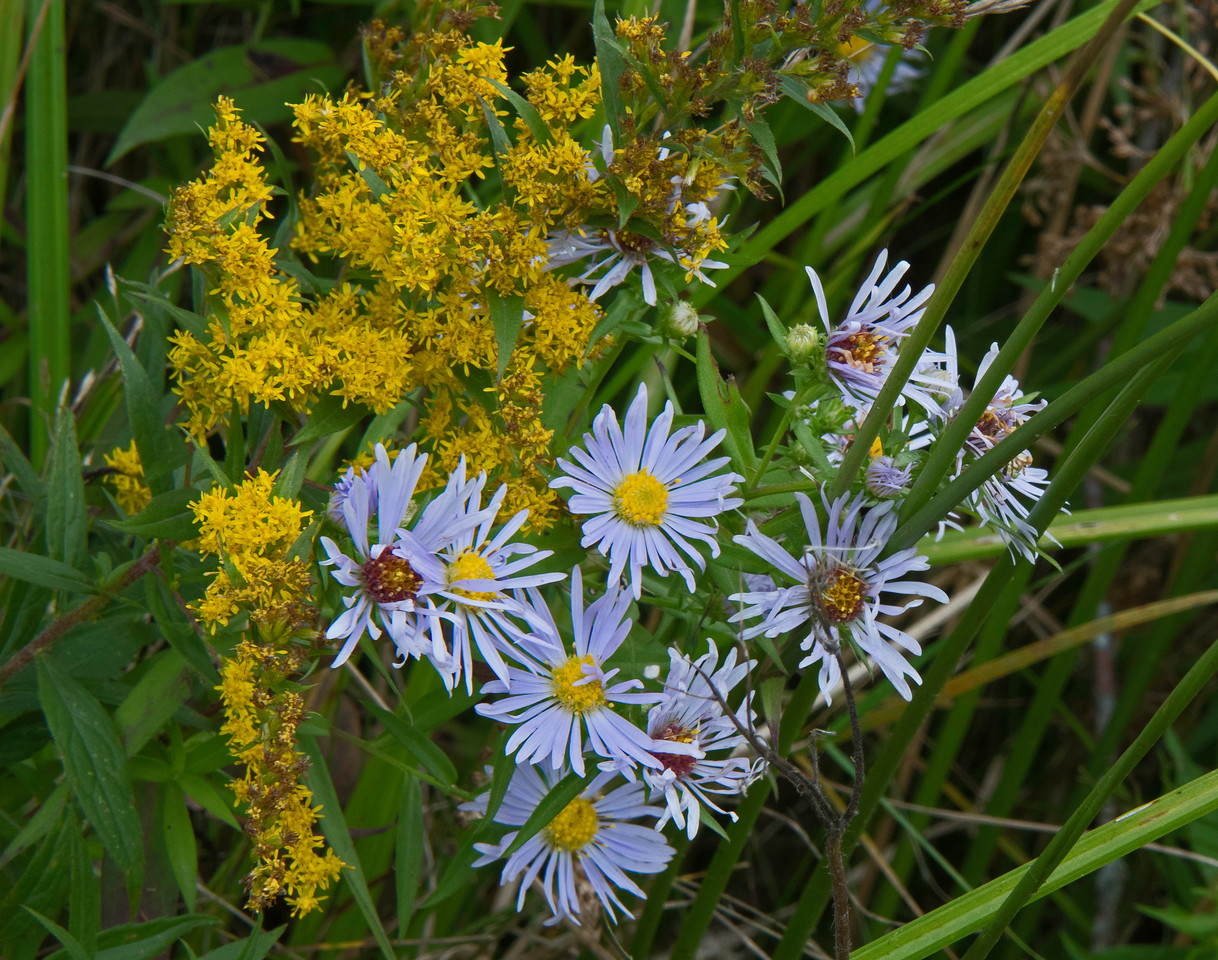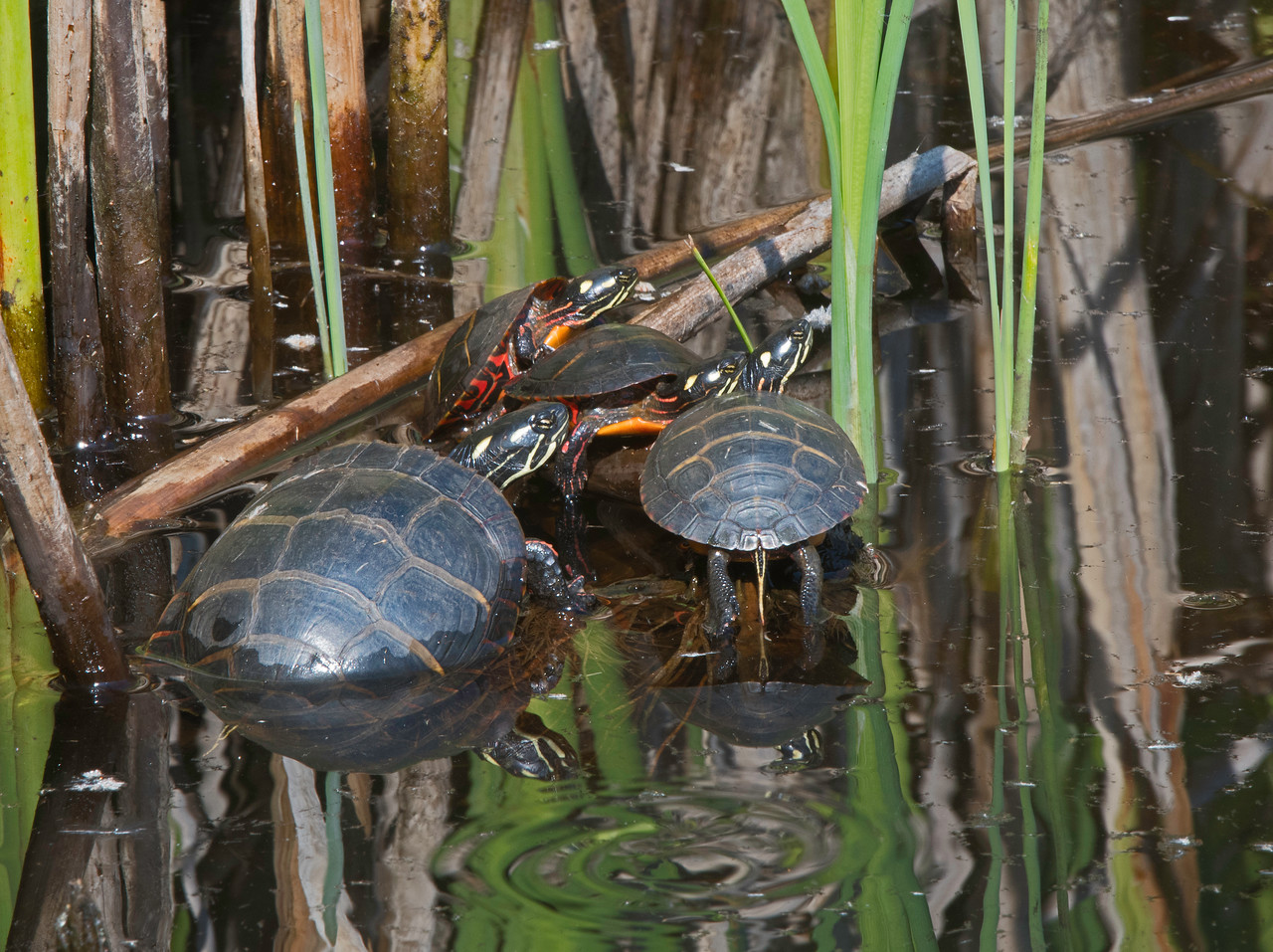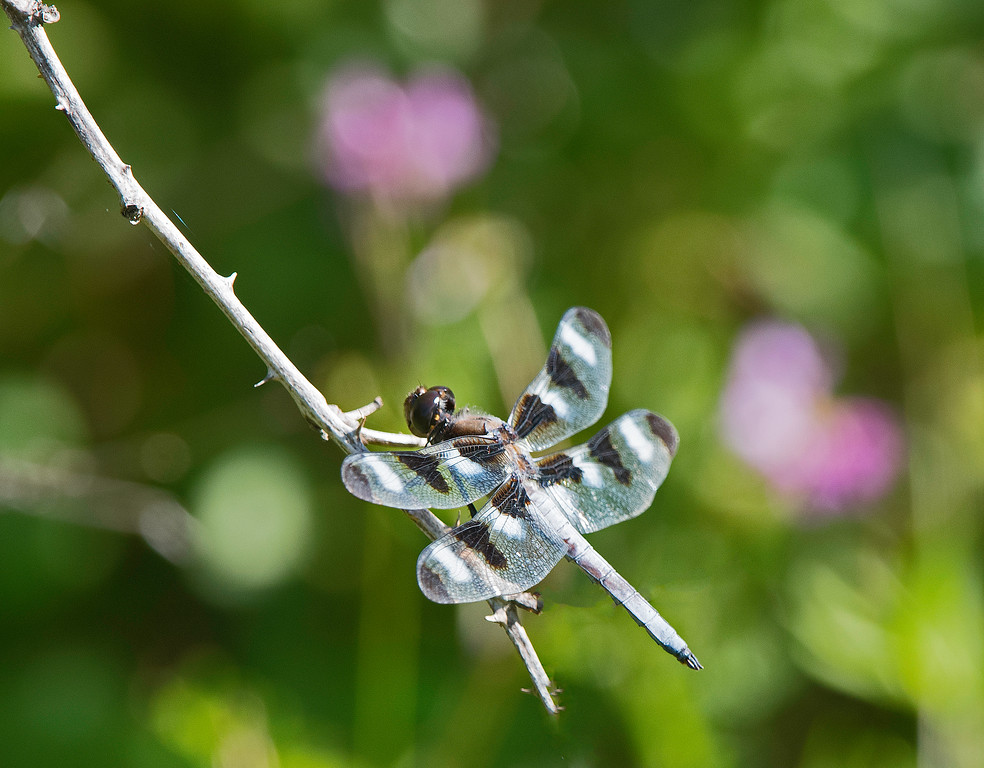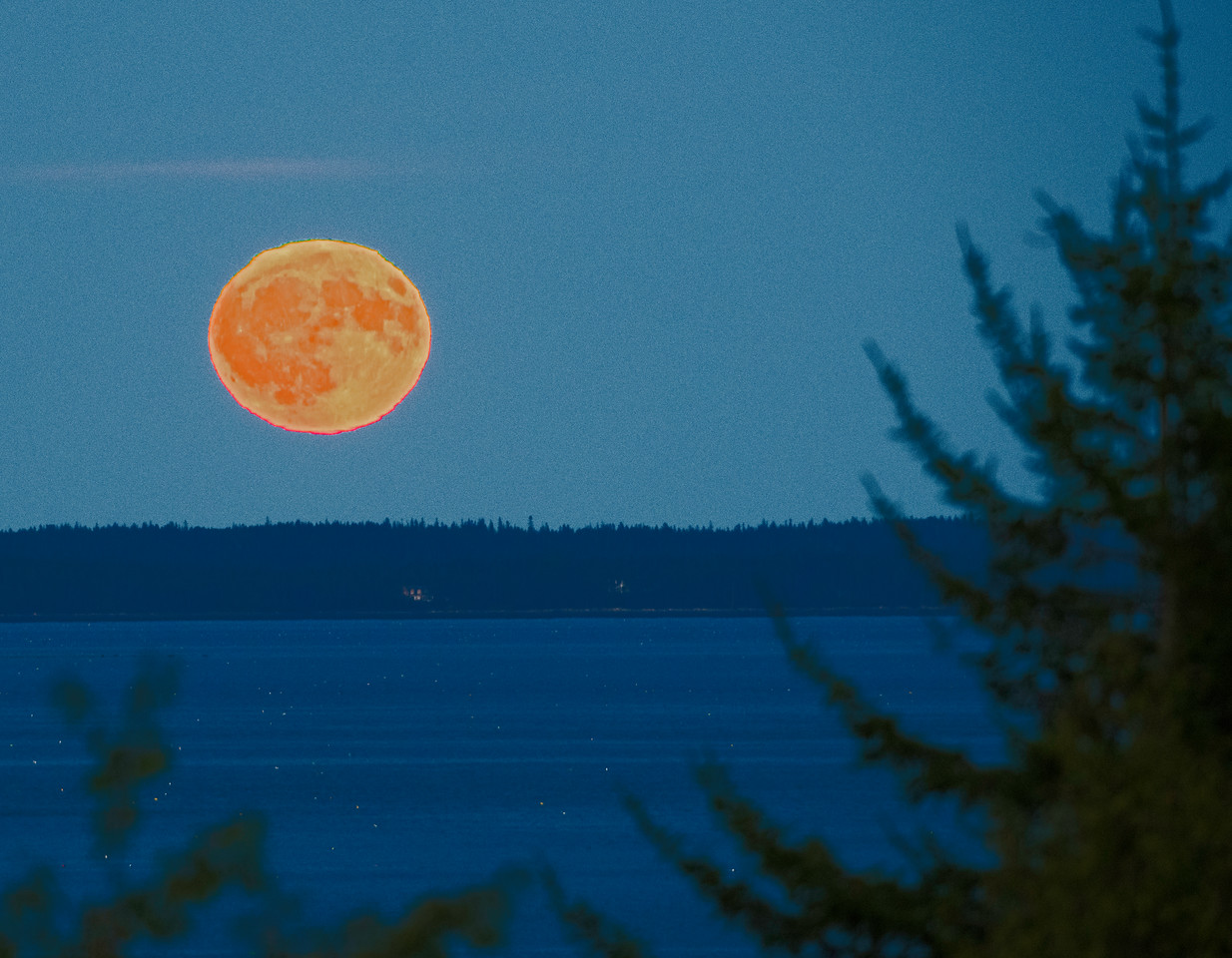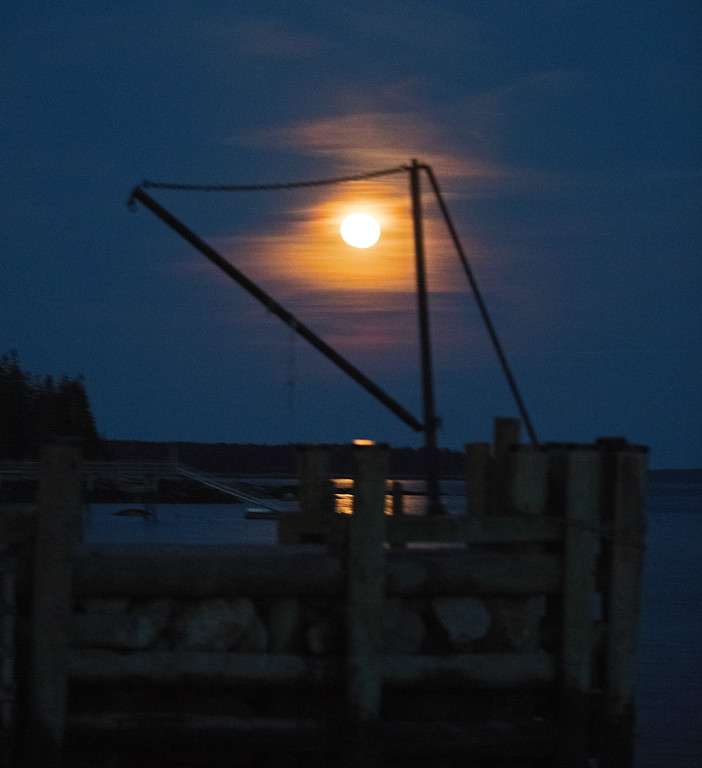September is Summer in old age; it’s a time for slowly letting go of a sweet romance and for preparing for a dramatic encounter with nature. The temperatures decline faster than the water, causing sudden fog eruptions in which islands are swallowed whole. The woods are darker as the sunlight weakens and can’t fully penetrate the still-full-leafed canopy. There’s more rain to revive the summer-dry wood streams into musical whirls. But, the fields can’t be revived into their summer greens; they get browner and browner, flaked with the whites of Queen Anne’s Lace and Daisy Fleabane. Nonetheless, the sunsets do get more colorful and will continue to do so through the Winter as the sun appears increasingly lower and colder clouds coalesce.
September also is when the passengers on visiting schooners come dressed in jackets, sweaters, and long pants, instead of tee-shirts and shorts. But Summer dies hard in some of these tourists. On a late September morning of 49-degrees and a 13-mile-per-hour breeze, one decided to go for a swim in the cold waters of Great Cove.
This September, we also had an Osprey that didn’t want to let go of Summer here and make that long trip south. We also have shy resident Piliated Woodpeckers that will be going nowhere, but will be easier to see when the leaves are down. Among the many special migrating birds that give their last performances in September are the male Wood Ducks that finish their Summer molt and regain their outrageous appearance here, the Greater Yellowlegs Sandpipers that fly low and away as sillouhettes, and the occasional Bonaparte’s Gull that appears briefly like a white spirit.
For some here, “another day at the office” in September can mean a time of chilly winds and sea spray. It also can mean getting ferrying boats ready for work on the September waters.
As for the pleasure craft, September is a time when many will take their last lazy sail of the year to feel the harmonies of wind and water and sun. It’s also the time when many of us look poignantly at a troupe of pulling boats doing their last coordinated dance of the year. It’s the time when many of the summer craft are herded gently from the water and put into a dark place where they’ll sleep until June.
The last of the Wild Blackberries is pulled and eaten in September, when multitudes of mixed bouquets of Goldenrod and Asters appear along the roads and in the fields and Sweet Pea vines are turned gold by the early sun.
September also is when we see the last of some of Summer’s fauna delights. We haven’t seen a Painted Turtle or a Twelve-Spotted Skimmer in our pond for about two weeks, although a few Fall dragonflies remain. We do see White-Tailed Deer in our fields, if we look closely; they’re growing into their gray Winter coats, which is good camouflage in the darkening grasses.
Finally, late September is when the Harvest Moon comes to us. It rises early over Blue Hill Bay while the sky is still blue and sails out over Eggemoggin Reach and the sea.
(All images taken in September 2018 in Brooklin, Maine)



